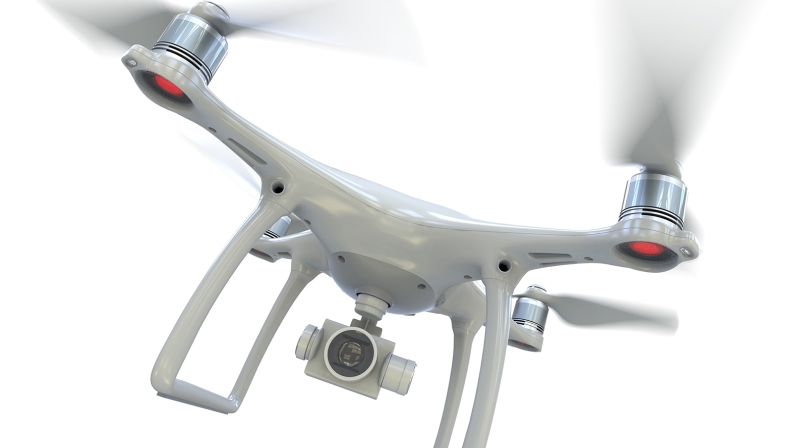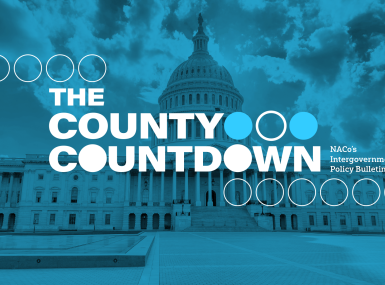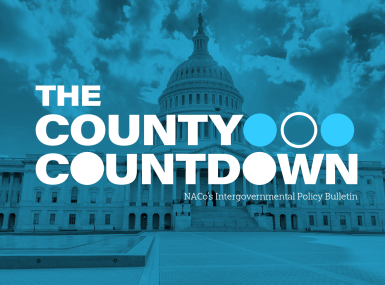Court ruling on drones signals turbulence for local rules
Author

Kevan Stone
Upcoming Events
Related News

Counties' drone safety and privacy ordinances could fall victim to a U.S. District Court decision
A U.S. District Court decision Sept. 21 could affect local government’s ability to implement safety and privacy ordinances for drone flights.
The case of Singer v. Newton stemmed from a City of Newton, Mass. ordinance, enacted last year that intended to regulate the use of unmanned aircraft systems (UASes, also known as drones) within the city limits.
Michael Singer, a City of Newton resident, filed suit challenging four specific portions of the ordinance:
- Requiring registration of drones with the City Clerk’s office
- Prohibiting flights below 400 feet over private property without permission of the property owner
- Prohibiting flights over public property without prior permission from the City of Newton
- Prohibiting any operations beyond the visual line of sight of the pilot
The U.S. District Court for the District of Massachusetts ruled those specific sections of the Newton ordinance were preempted by federal law, and cannot supersede the jurisdiction of the Federal Aviation Administration (FAA) in regulating airspace and aircraft operations.
The court chose not to rule on other questions pertaining to local government roles such as minimum safe altitudes or longstanding court rulings pertaining to flights over private property. While this ruling only pertains to Massachusetts, the precedent could allow future lawsuits challenging the rights of counties and local communities to provide safe environments around the use of commercial and recreational drones.
In a bit of irony, on the same day of the court’s decision, a recreational drone struck a Fort Bragg U.S. Army helicopter in New York City. The craft, a UH 60 Black Hawk, was flying at an altitude of 500 feet near Midland Beach. According to early reports, the drone was operating illegally and struck the helicopter, which was providing security for the U.N. General Assembly. The National Transportation Safety Board is continuing its investigation.
Through its involvement in the FAA’s Drone Advisory Committee, NACo remains the only local government group with membership on all three boards of this committee; this membership allows access to public and private stakeholders with a goal of joint collaboration toward county leaders being given the tools to keep their communities safe and secure.
Christopher Harvey, legislative assistant, also contributed to this report.
Attachments
Related News

County Countdown – Dec. 1, 2025
Every other week, NACo's County Countdown reviews top federal policy advocacy items with an eye towards counties and the intergovernmental partnership.

Federal district court issues ruling preventing the federal government from imposing immigration compliance mandates on grant recipients
On November 4, a federal judge in Rhode Island ruled that the U.S. Department of Transportation cannot condition federal grant funding on a recipient’s cooperation with federal immigration enforcement efforts.

County Countdown – Nov. 17, 2025
Every other week, NACo's County Countdown reviews top federal policy advocacy items with an eye towards counties and the intergovernmental partnership.